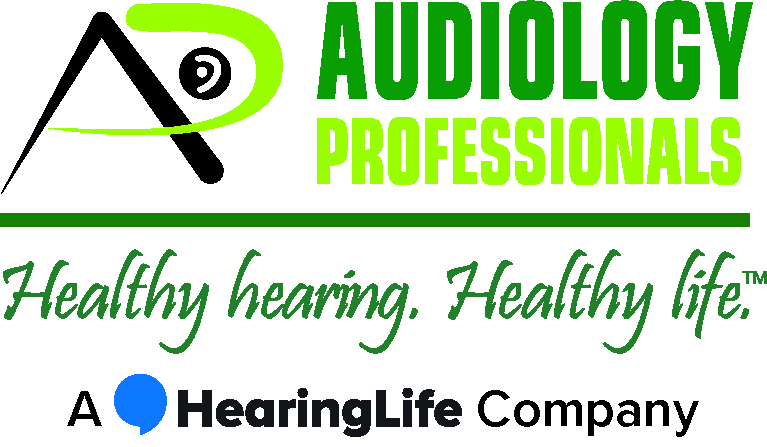Nearly 50 million Americans are estimated to be affected by hearing loss, with the primary causes being aging, exposure to harmful noise levels, or injury. The severity of hearing loss varies, ranging from mild, where certain sounds are challenging to hear, to profound, where hearing is significantly impaired.
Genetic factors also play a crucial role in hearing loss. Our bodies are made up of cells that contain approximately 30,000 genes, the basic units of heredity, which include those that affect our hearing capabilities. Sometimes, these genes may not function as expected due to mutations, leading to hearing loss.
Understanding Genetic Hearing Loss
Genetic hearing loss is categorized into two main types: syndromic and non-syndromic. The Centers for Disease Control and Prevention (CDC) states that about 70% of genetic hearing loss cases are non-syndromic, meaning the hearing loss occurs without any other associated symptoms. Conversely, approximately 30% are syndromic, where the individual experiences additional symptoms beyond hearing loss. For instance, some individuals with syndromic hearing loss may also have visual impairments.
A prevalent form of syndromic hearing loss is Usher Syndrome, a genetic condition passed down through families.
Exploring Usher Syndrome
Usher Syndrome is characterized by hearing loss and a progressive vision disorder known as retinitis pigmentosa (RP), which deteriorates the retina’s light-sensitive layer. The hearing loss associated with Usher Syndrome is typically sensorineural, originating from inner ear abnormalities.
Variants of Usher Syndrome
Usher Syndrome is divided into three main types, differentiated by the severity of hearing loss, the presence of balance issues, and the age when symptoms first appear:
- Type 1: Individuals have profound hearing loss from birth and often experience balance difficulties, potentially delaying milestones such as sitting and walking. Night blindness, an early sign of RP, usually manifests within the first decade of life, with vision problems intensifying over time.
- Type 2: This type involves mild to severe hearing loss from birth without balance issues. Those with Type 2 typically develop RP in adolescence or early adulthood.
- Type 3: Characterized by a gradual loss of hearing and vision that occurs later in life, Type 3 can also include balance issues.
Some individuals exhibit symptoms that don’t neatly fit into these categories, known as ‘Atypical Usher,’ making diagnosis challenging.
Managing Usher Syndrome
Currently, there is no cure for Usher Syndrome; treatment focuses on managing hearing, vision, and balance issues. Early detection is crucial, especially in children, to develop tailored educational programs that accommodate their specific needs.
Management strategies may include hearing aids, cochlear implants, assistive listening devices, auditory training, and learning sign language, particularly for those with profound hearing loss.
For more detailed information on Usher Syndrome, including frequently asked questions, the Usher Syndrome Coalition offers a wealth of resources.
This overview highlights the importance of understanding the connection between genetics and hearing loss, as well as the specific challenges and management strategies associated with conditions like Usher Syndrome.
Contact Us Today!Your hearing health is important to us. If you are having trouble hearing, contact the Audiology Professionals team by calling (541) 228-9233. Alternatively, click here to contact us online.

